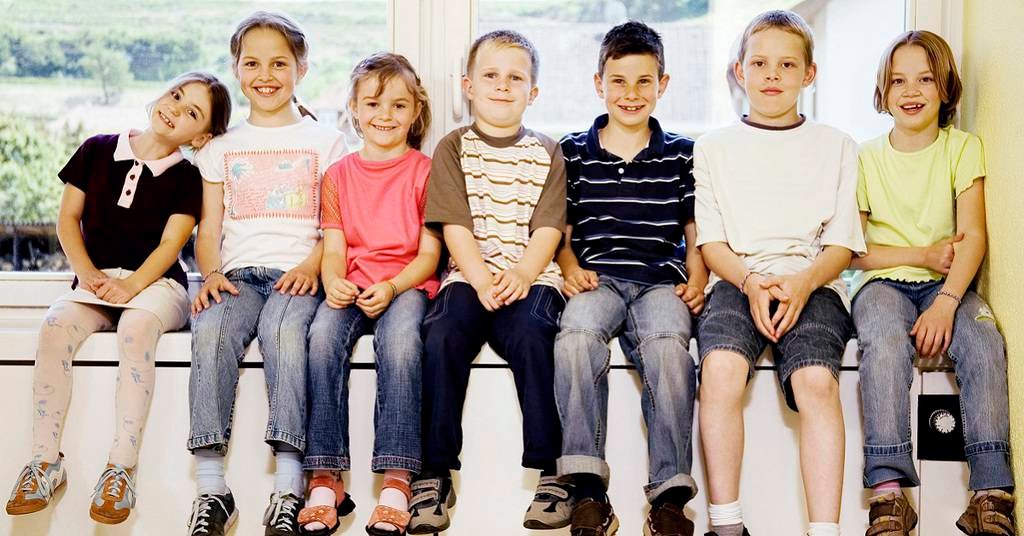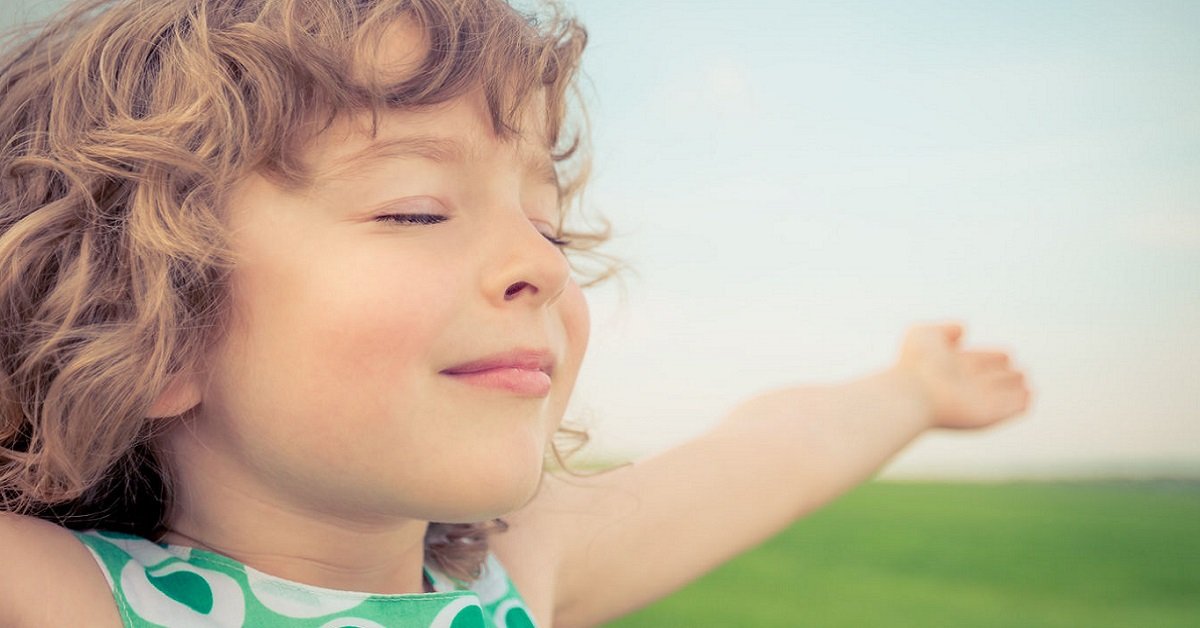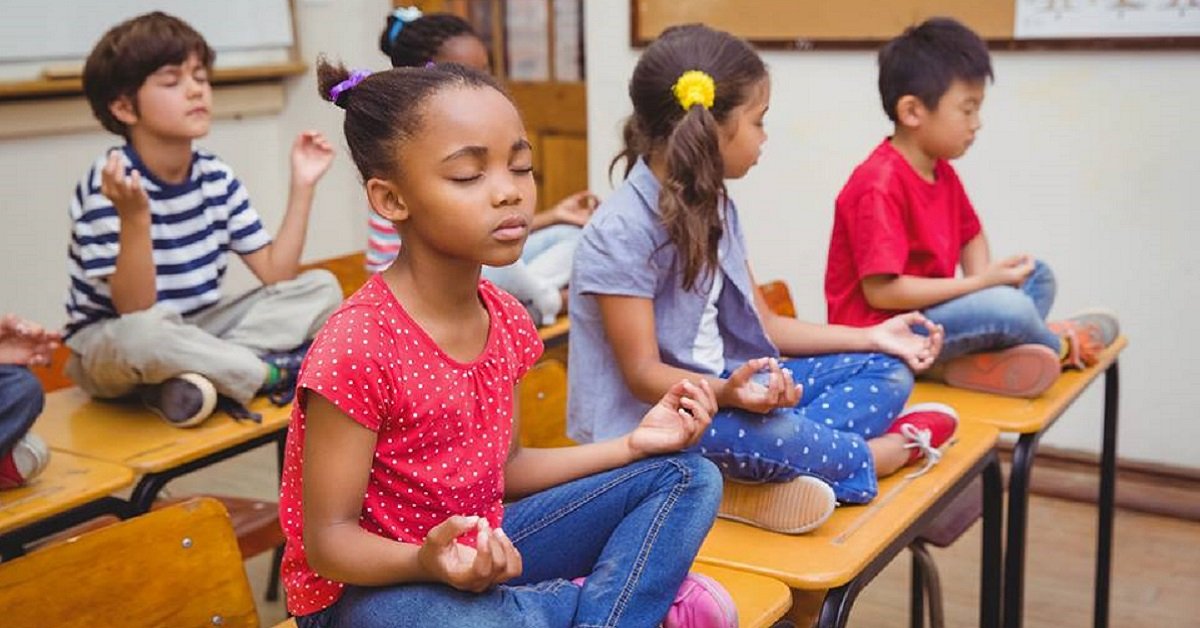It’s hard to think about ‘Back To School’ when we are in the middle of sunscreen, bathing suits, popsicles and cookouts. But before we know it, the fall will be upon us bringing a new school year. This is a big transition in the life of a child and we, as YogaKids teachers, need to be cognizant of this when preparing our lesson plans.
When classes begin in the fall, it is the perfect opportunity to set the tone for the whole year. Here are some tips to keep in mind when getting started with a new group of children.
- Start Your Class the Same Way Each Week (especially in the beginning!)
Routine helps children feel more comfortable and secure. In addition, by setting the stage for what to expect, a teacher can guide positive behavior and reduce power struggles.
- Use the YogaKids Pledge
The Pledge is a powerful tool. It explains in a fun, interactive way the benefits of yoga while also setting the ground rules for the class. The Pledge can always be used in reference when managing classroom behavioral issues. In addition, it is an easy and fun way to get children talking and moving right away. This will show them from the beginning that yoga is fun!
- Keep the Kids Engaged
Kids want to move in yoga. They have plenty of time in the day to sit during their other classes. Get them moving right away! It’s great to incorporate breath work and discussions/shares, but be sure to get them up and down several times during the class. Keep them active and they will certainly stay engaged.
- Teach the Basics
Kids need time to get in the groove, learn routines, and get comfortable with yoga. Break down sequences you plan to use regularly in your classes. Take the time to teach a Sun Salutation pose by pose for kids, therefore establishing good habits. Teach songs you plan to use often slowly, so they feel pride and ownership in their classes. Take the time to explain why yoga is good, where it came from, and all the benefits they will see in their lives. Allow them an opportunity to be excited by yoga.
- Exude Enthusiasm!
The beginning of the school year can be a time of anxiety for children, but it is also fun and exciting! Be the vessel that shares the excitement and happiness of yoga. Show the kids from day one that yoga is a place of exploration, journeys, silly times, fun songs, and a perfect place to just lay down and relax.
To all the teachers out there…enjoy the last days of summer and I wish you an easy transition into fall!
Namaste!







